This article covers the different SQL queries to change the column type. We are going to learn how we can change the data type of the columns of the following databases:
Read more »



This article covers the different SQL queries to change the column type. We are going to learn how we can change the data type of the columns of the following databases:
Read more »
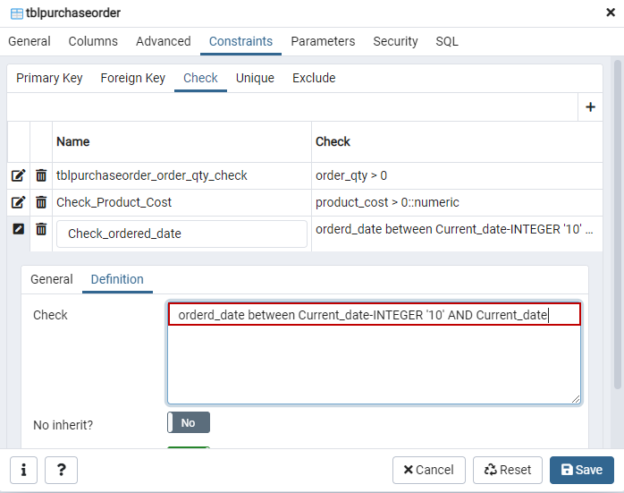
This article covers the Postgres CHECK constraint and its usage. In this article, we are going to learn:
Read more »
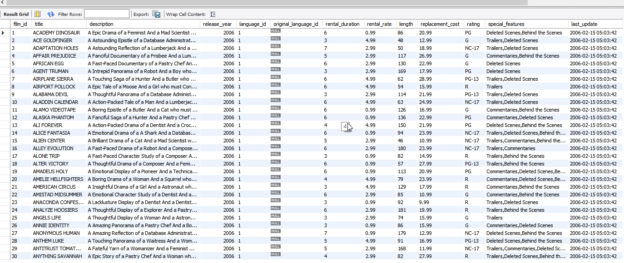
This article explains the MySQL copy table process. In this article, you will learn how we can copy data from one table to another table. These tables could be in the same database or different databases. The MySQL copy table process can copy a specific dataset or all data from the source table to the destination table. We can use the MySQL copy table process to replicate the issues that occurred on production servers, which helps developers rectify the issues quickly.
Read more »
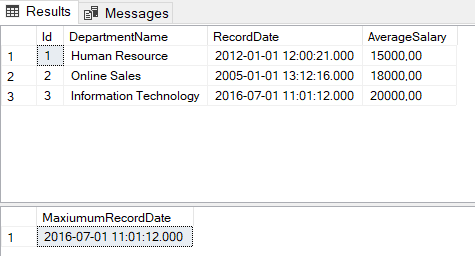
In this article, we will learn how we can use a Stored Procedure with return values with all details.
Read more »

In this article, we are going to talk about the various analytic functions that are supported by the SQL Server Database Engine. As it goes by the name, these are some special functions using which we can execute analytic queries on the dataset and obtain useful results. In comparison to standard SQL queries, sometimes it becomes necessary for the Data Analysts to deep dive into the data more and obtain insights from analytic perspectives. This article will discuss all the analytic functions supported by SQL Server with some details.
Read more »

In this article, we will learn how to calculate and add a subtotal in SQL queries.
Read more »

In this article, we will explore some secrets about SQL Table Variables.
Read more »
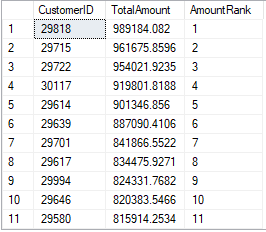
Though the Common Table Expressions (CTE) were introduced to SQL Server more than a decade ago with the SQL Server 2005 version, still this is not much utilized by database developers due to the unawareness. This article provides what and how you can utilize the CTE effectively and efficiently.
Read more »
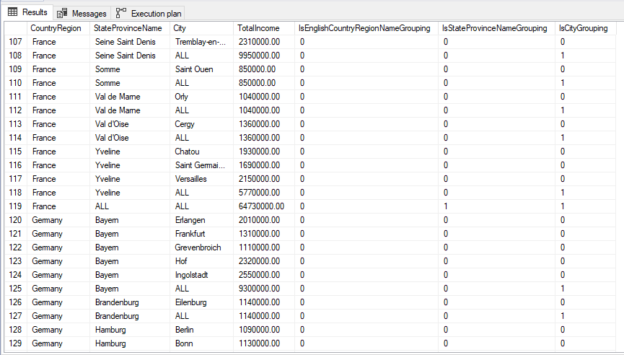
In this article, we are looking at T-SQL commands of GROUP BY ROLLUP to aggregate data and improve the data analytical capabilities in SQL Server.
Read more »

In this article, we will explore the SELECT INTO TEMP TABLE statement, its syntax and usage details and also will give some simple basic examples to reinforce the learnings.
Read more »
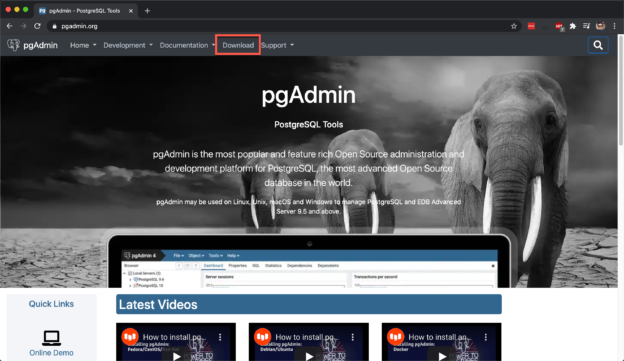
In this article, we are going to learn about PGAdmin, a PostgreSQL management tool. As you are aware SQL Server Management Studio (SSMS) and the MySQL Workbench are the GUI management tools for SQL Server and MySQL respectively. Similarly, in order to manage the Postgres database and its services, PGAdmin is used. PGAdmin is a web-based GUI tool used to interact with the Postgres database sessions, both locally and remote servers as well. You can use PGAdmin to perform any sort of database administration required for a Postgres database.
Read more »
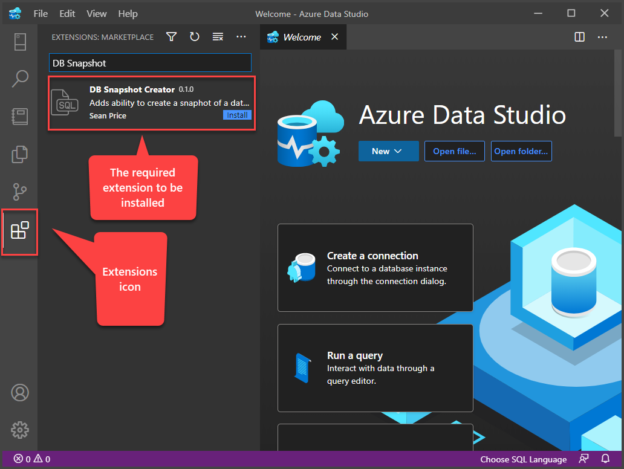
This article talks about the steps required to add and use the DB Snapshot Creator extension in Azure Data Studio.
Read more »
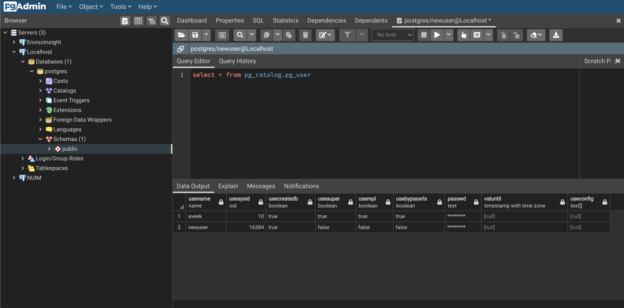
Spatial data deals with data related to geography. In this article, we are going to understand the various concepts related to geographic or spatial data and how PostgreSQL can be leveraged as a database to store such geographic information. As you might be already aware, PostgreSQL is a popular and widely used open-source relational database management system that can handle production workloads very easily. With the availability of the cloud, you can quickly spin up instances of Postgres on major public cloud providers like AWS, Azure, GCP, etc.
Read more »
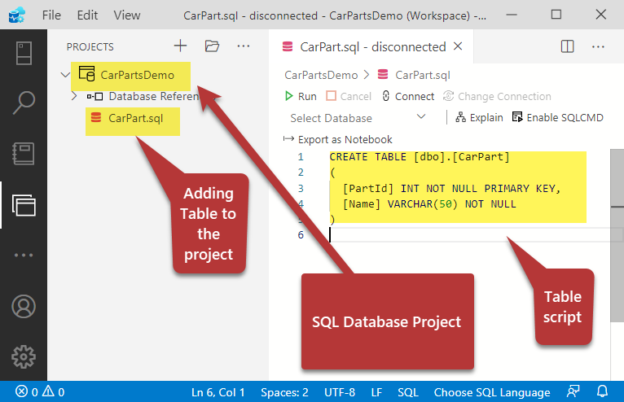
This article is all about declarative database development using Azure Data Studio for both beginners and professionals who are new to it.
Read more »
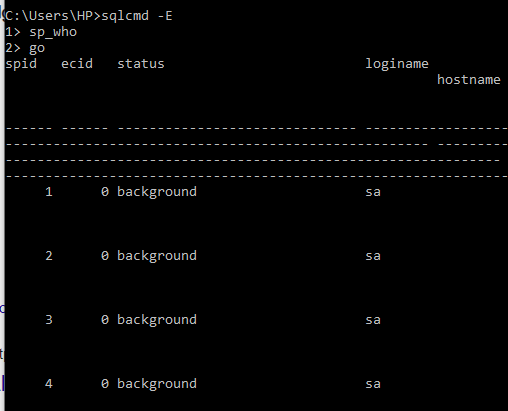
If you are using SQL Server and saw a GO command in a T-SQL script and you do not know what that GO is used for, this article is for you. In this article, we will explain what the SQL GO command is when to use it, and some tips about using it.
Read more »
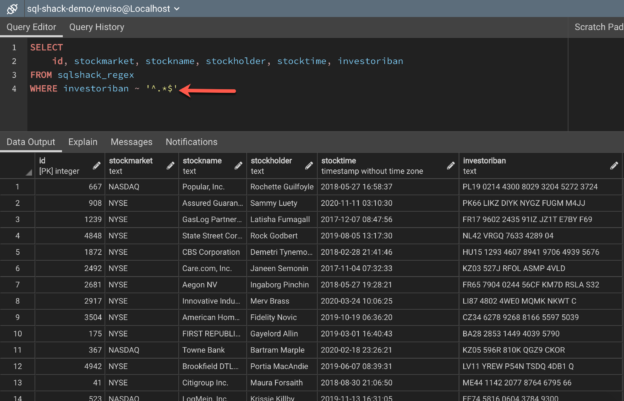
In this article, I am going to talk about using regular expressions in a Postgres database. Regular Expressions, also known as RegEx are pattern matching criteria that can filter data based on the pattern. It is heavily used to match string values to a specific pattern and then filter the results based on the condition. From a beginner’s perspective, these regular expressions can seem to be quite complex in the first, however, as you will start using these on a daily basis, you will come to the underlying logic, and then you can start writing your own RegEx statements.
Read more »

In this article, we are going to learn how SQL variables negatively affect query performance and also examine the causes of this issue.
Read more »
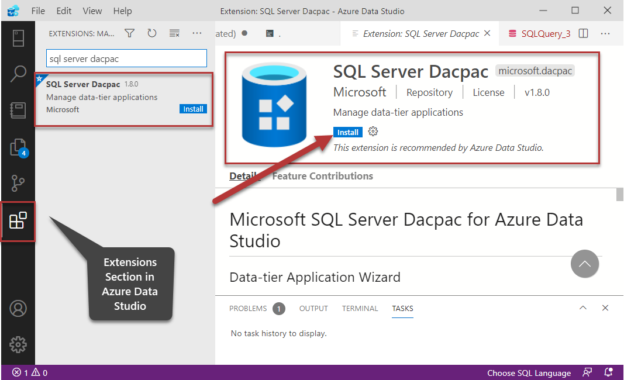
This article is focused on installing and using SQL Server DACPAC Extension in Azure Data Studio.
Read more »
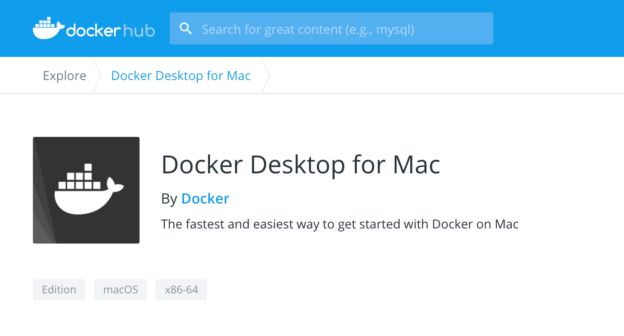
In this article, I am going to discuss in-depth setting up docker and running a SQL Server Docker image. SQL Server, as you might already be aware that it is one of the most popular relational database technologies in today’s world. SQL Server is widely used in various applications that support transactional and analytical workloads. Docker, on the other hand, is a containerization technology using which you can bundle your applications within a container and distribute them. Docker helps users to build applications independent of the underlying operating system. We will learn more about Docker and using the SQL Server Docker image in this article.
Read more »
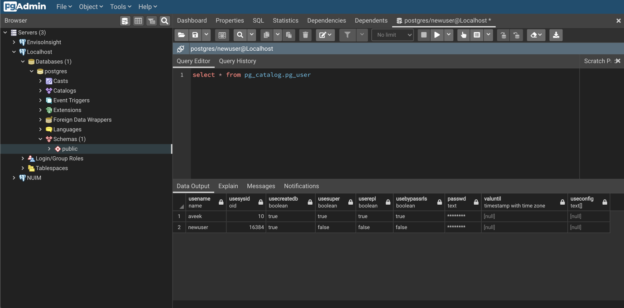
In this article, I am going to discuss different ways in which you can install and setup Postgres Database on a Mac. Postgres is an open-source relational database system that can be used to develop a wide variety of data-based applications. Postgres has been popular for analytical workloads as well since it has support for column-store index and in-memory storage as well. Postgres is also available on all the major public cloud services like AWS, Azure, and GCP. In order to use those services, it is recommended that you should also have them installed on your local machine before deploying your databases to the cloud directly.
Read more »

This article talks about unit testing SQL database in Azure Data Studio using the tSQLt testing framework.
Read more »
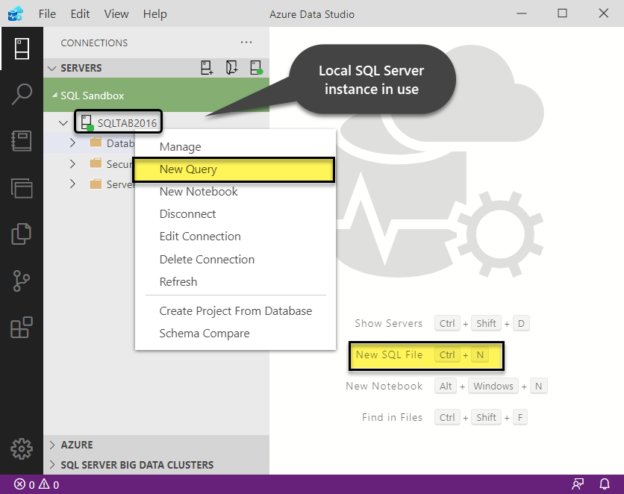
This article talks about the two standard ways of building SQL Database Projects in Azure Data Studio along with the simple steps of implementation.
Read more »
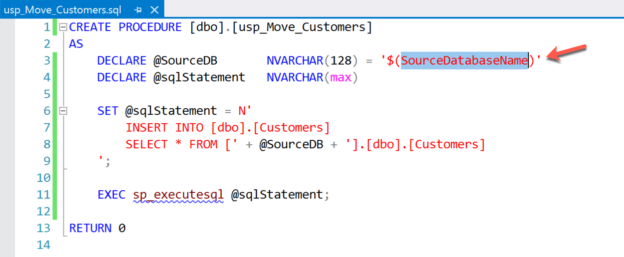
In this article, I am going to explain some of the advanced usages of data-tier applications in Visual Studio. In my previous article, Working with Database Projects, I have explained how you can start building your database applications for SQL Server and Azure SQL Database using Visual Studio. This article will specifically focus on using SQLCMD variables and Publish Profiles of the Data-Tier Application development. For a better understanding, I would recommend reading the previous article and it will help to clear the basic concepts.
Read more »
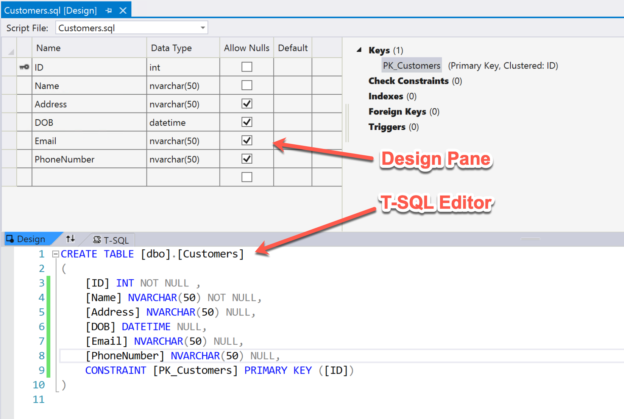
In this article, I am going to talk about developing and deploying a database project, also known as a data-tier application using Visual Studio. In my previous article Getting started with Data-Tier Applications using Visual Studio, I have provided an overview of the data tier applications and how can we create one using Visual Studio. This article is a follow-up to the previous article. I’d advise you to have a look at it before proceeding forward with this as this is a continuation of the previous. For the article, I would be using Visual Studio 2019, however, you are free to use any other versions of Visual Studio.
Read more »
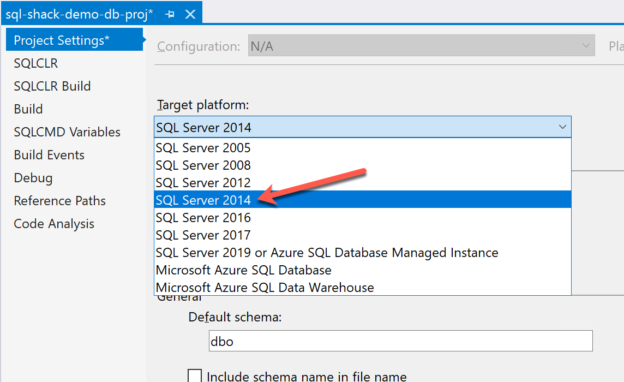
In this article, I am going to talk about creating a data-tier application using Visual Studio. In my previous article An introduction to Data-Tier applications in SQL Server, I have explained in detail what a data-tier application is all about. I have explained what the different types of data-tier applications are available and how can we create such applications from existing SQL Server databases. In this article, the primary focus would be to create data-tier applications from scratch using Visual Studio. For this article, I am going to use Visual Studio 2019, however, the technique will remain similar for other editions of SQL Server as well.
Read more »© 2025 Quest Software Inc. ALL RIGHTS RESERVED. | GDPR | Terms of Use | Privacy